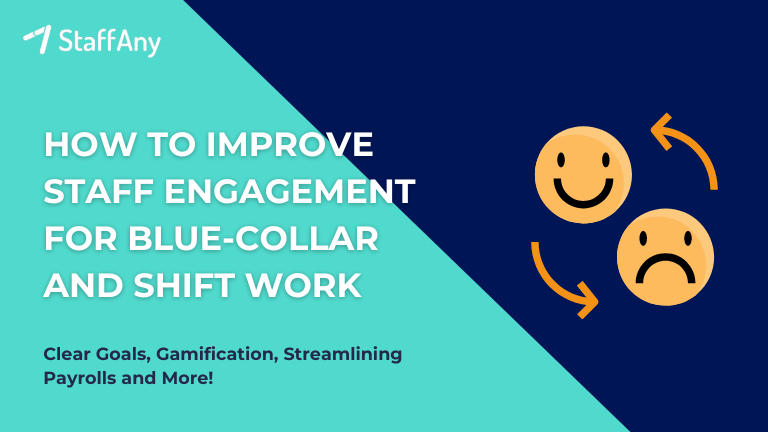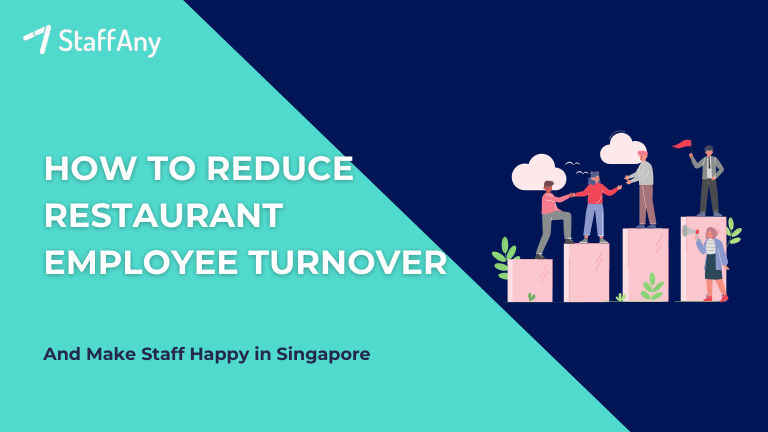In today’s fast-paced and interconnected world, businesses operate around the clock to meet the demands of their global clientele. This necessitates a diverse range of work shifts to ensure round-the-clock operations. Understanding the various types of work shifts can help businesses optimise workforce management and create a conducive environment for employees.
From traditional nine-to-five schedules to unconventional arrangements, this article delves into the intricacies of 11 different work shift types and explores the healthiest options for employees and the business. Let’s get started!
What is a Work Shift?
Before delving into the array of work shift options, let’s define what a work shift is. A work shift refers to a specific period during which employees are scheduled to perform their duties. These shifts can vary in duration, timing, and frequency, catering to the diverse needs of businesses across industries. Work shifts are designed to ensure seamless operations and maintain an efficient workflow throughout the day, night, and even on weekends or holidays.
Read more: 13 Benefits of Rotating Shifts for Employees
11 Types of Work Shifts
In modern workforce management, various work shift options have emerged to cater to the diverse needs of businesses and employees alike. These shifts address the demands of different industries, accommodate personal preferences, and ensure operational efficiency. Let’s delve into each of these 11 types of work shifts:
1. First Shift
The first shift, often called the “morning shift,” is a standard work schedule that spans from early morning to late afternoon. This type of shift aligns with traditional business hours, usually starting around 8 AM or 9 AM and ending in the early evening, around 4 PM or 5 PM. First shifts are commonly seen in retail, hospitality, and manufacturing industries.
This shift offers a routine for employees, allowing them to maintain a consistent work-life balance. The advantage of the first shift is that it follows the body’s natural circadian rhythm, which is aligned with daylight hours. This can lead to better sleep quality and overall well-being. However, it might not be suitable for businesses that require operations during evenings and nights.
2. Second Shift
The second shift, also known as the “evening shift” or “swing shift,” typically starts in the afternoon and extends into the late evening. It is a popular choice for industries that require extended operating hours, such as restaurants, entertainment, and customer service.
The second shift allows employees to engage in daytime activities before work, making it suitable for individuals who are more productive during later hours or have personal commitments during the day. While this shift can accommodate diverse lifestyles, it may disrupt traditional family routines and limit social activities during peak evening hours.
3. Third Shift
The third shift, often called the “night shift” or “graveyard shift,” encompasses the late night hours until early morning. Industries such as healthcare, transportation, and security heavily rely on this shift to ensure continuous operations. However, working at night challenges the body’s natural sleep-wake cycle.
Night shift workers may experience difficulties sleeping during the day, leading to fatigue, reduced cognitive performance, and potential long-term health issues. Employers offering the third shift should implement strategies to mitigate these challenges, such as providing blackout curtains, maintaining proper lighting, and offering sleep education.
Read more: 10 Pro Tips to Manage the Risk of Shift Work
4. Fixed Shift
A fixed shift is a type of work shift that involves a consistent and unchanging work schedule. Employees on fixed shifts always work the same hours, whether during the day, evening, or night. This predictability can be beneficial for both employees and employers.
Employees can plan their personal lives, routines, and responsibilities more effectively, while employers can maintain a stable and reliable workforce. Fixed shifts are particularly useful in industries that require consistent staffing, such as manufacturing, where machines run continuously, and shifts need to be covered without interruption.
5. Rotating Shift
A rotating shift is a type of work shift that involves employees cycling through different shifts over a set period, often weekly or monthly. This approach ensures that no single group of employees consistently bears the burden of less desirable shifts.
While rotating shifts can provide equitable distribution of work, they can also disrupt circadian rhythms and contribute to sleep disturbances. Constantly changing sleep and activity times can lead to fatigue, decreased productivity, and potential health problems. Organisations implementing rotating shifts should consider longer rotation periods to allow employees to adapt to new schedules and mitigate the negative effects.
6. Flexible Shift
Flexible shifts, also known as flexitime, are work shifts that empower employees to choose their start and end times within certain boundaries. This approach recognises that individuals have different peak productivity hours and personal commitments.
Flexible shifts can enhance job satisfaction and work-life balance by allowing employees to tailor their work hours to their preferences. This arrangement can also reduce commute-related stress and accommodate family responsibilities. However, employers must establish clear guidelines and communication channels to ensure flexible shifts don’t lead to confusion or uneven workload distribution.
7. On-Call Shift
On-call shifts require employees to be available to work if needed, but they are not required to be physically present during specific hours. This type of shift is common in professions like medical care, emergency services, and technical support. On-call employees must be responsive and ready to report for duty on short notice.
While on-call shifts offer flexibility regarding location, they can disrupt personal plans and limit the ability to disengage from work during off-hours fully. Organisations implementing on-call shifts should have clear compensation and response times protocols to maintain a fair work environment.
8. Part-Time Shift
Part-time shifts involve working fewer hours than a full-time position. This arrangement suits individuals seeking work-life balance, students, retirees, or those with other commitments. Part-time employees benefit from reduced work hours and often have more flexibility in scheduling options.
However, part-time positions may not offer the same benefits and job security as full-time roles. Employers should ensure that part-time employees are treated fairly and have access to necessary resources, even with reduced hours.
9. Weekend Shift
Weekend shifts cater to industries that primarily operate on Saturdays and Sundays. Employees on weekend shifts might have weekdays off, which can be advantageous for pursuing personal interests or holding a second job.
Weekend shifts are common in retail, hospitality, and healthcare sectors, where services must be available during weekends. However, employees on weekend shifts may face challenges in synchronising their social and family lives with non-traditional workdays.
10. Extended Shift
Extended shift is a type of work shift that typically lasts 10 to 12 hours and condenses the workweek into fewer days. Employees might work three or four extended shifts weekly, allowing them more consecutive days off.
While this arrangement provides extended rest periods between workdays, the long shifts can be physically and mentally demanding. Extended shifts can provide employees more leisure time during their days off, but employers should be mindful of potential burnout due to the intense work hours.
11. Compressed Workweek
A compressed workweek involves working longer hours per day but fewer days per week. For instance, an employee might work four 10-hour days instead of five 8-hour days. This schedule can provide extended periods off, reducing commute-related stress and offering more flexibility for personal activities.
While the compressed workweek can enhance work-life balance, the longer work days can be tiring for some individuals. Businesses implementing this shift type should consider individual preferences and monitor employee well-being closely.
What is the Healthiest Shift to Work?
Determining the healthiest work shift involves assessing factors such as individual circadian rhythms, job demands, and employee preferences. While there’s no one-size-fits-all answer, fixed shifts, like the traditional 9-to-5 or steady evening shifts, tend to align more with the body’s natural sleep-wake cycle, promoting better sleep quality and overall health.
However, it’s crucial to recognise that individual adaptability varies. Employers should prioritise employee well-being when designing shift schedules. Adequate breaks, ergonomic workspaces, and wellness programs can mitigate the negative effects of non-traditional shifts. Open communication and feedback mechanisms also enable employees to voice their concerns, ensuring that shift schedules are as accommodating as possible.
The array of work shift options available today reflects businesses’ diverse needs and employees’ varying preferences. Each approach has advantages and considerations, from the traditional 9-to-5 to the more unconventional remote work shifts. Striking a balance between operational requirements and employee well-being is crucial.
As you navigate the landscape of work shifts for your business, consider using tools like StaffAny’s employee schedule maker to streamline the scheduling process. With our cutting-edge auto-scheduling feature, you can assign staff to shifts with just one click, ensuring speed and accuracy in your scheduling process. Our schedule templates are also fully customisable to suit your business needs, allowing you to create a tailored schedule effortlessly.
With StaffAny, communicating changes to your team can become a breeze. Your staff receives the latest schedule notifications, and our platform automatically updates their schedules while flagging any potential conflicts. This saves you time and guarantees that your workforce is always in the loop. So, start optimising your scheduling process today with StaffAny‘s innovative solution!













